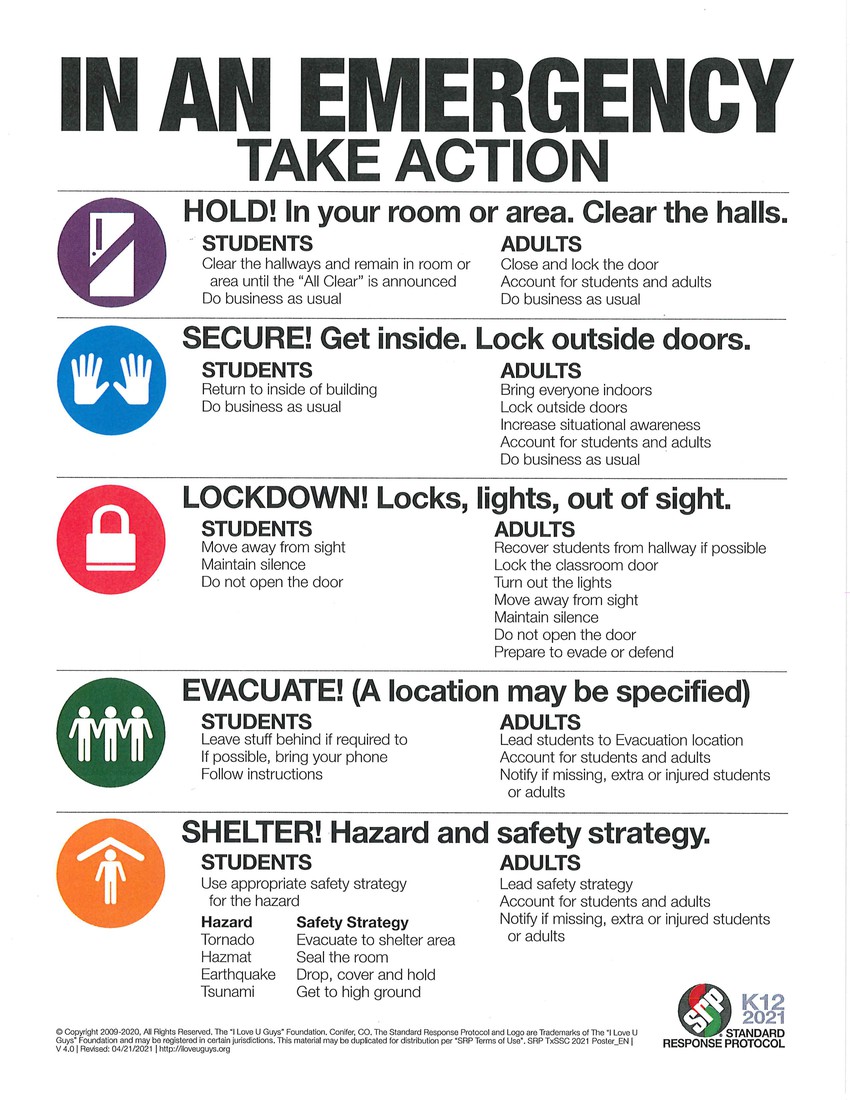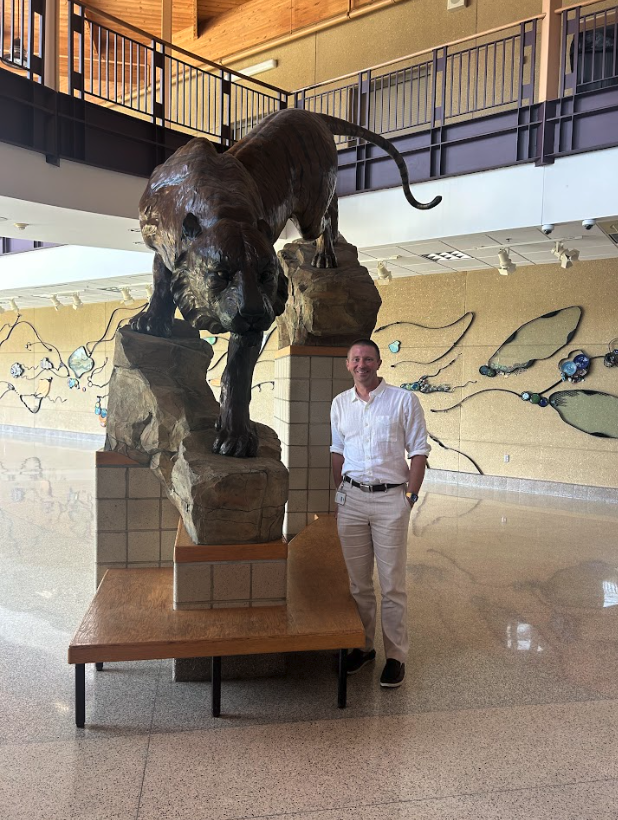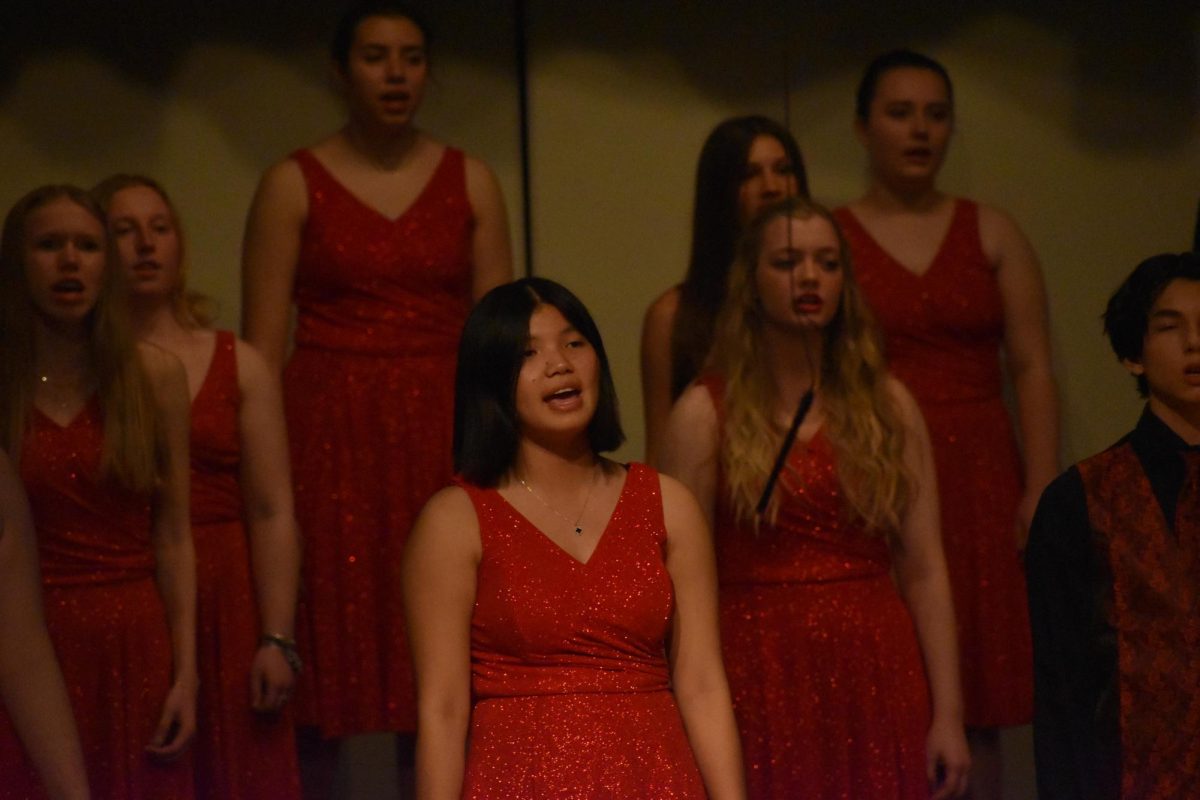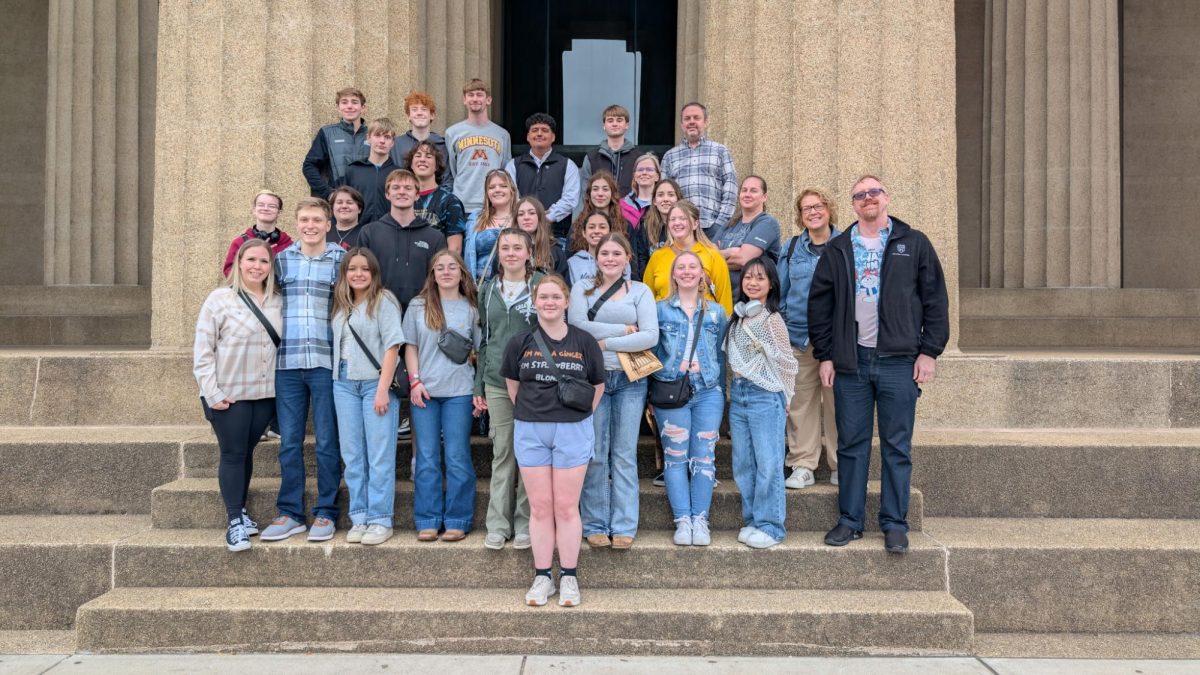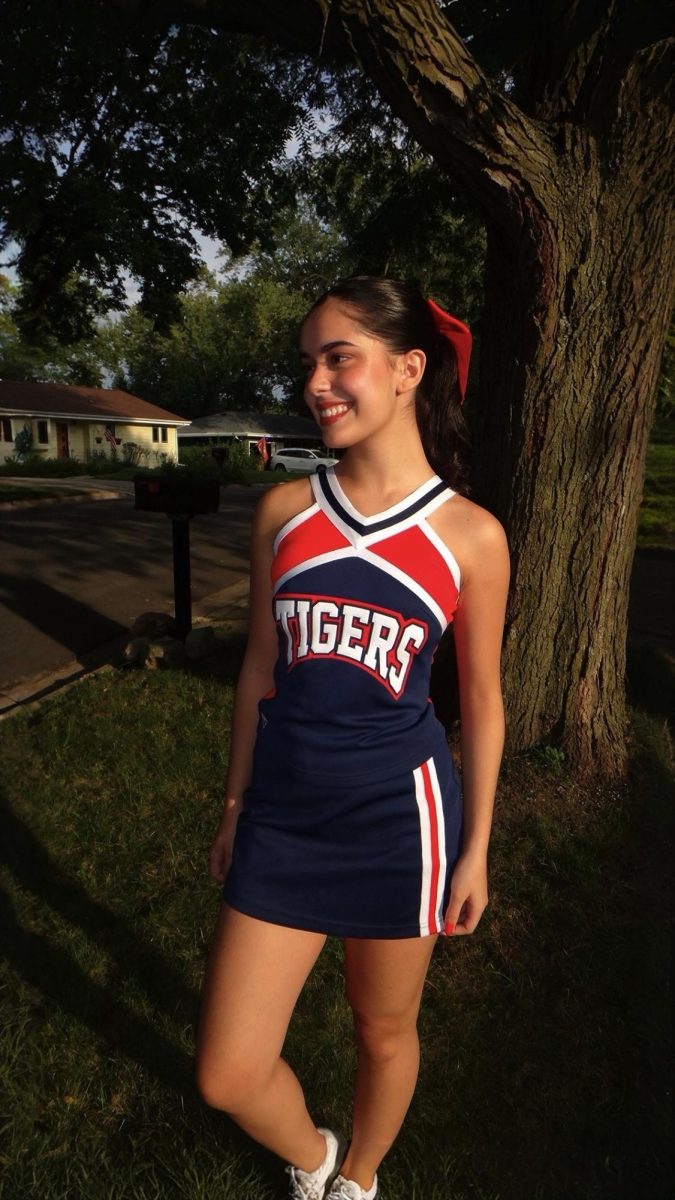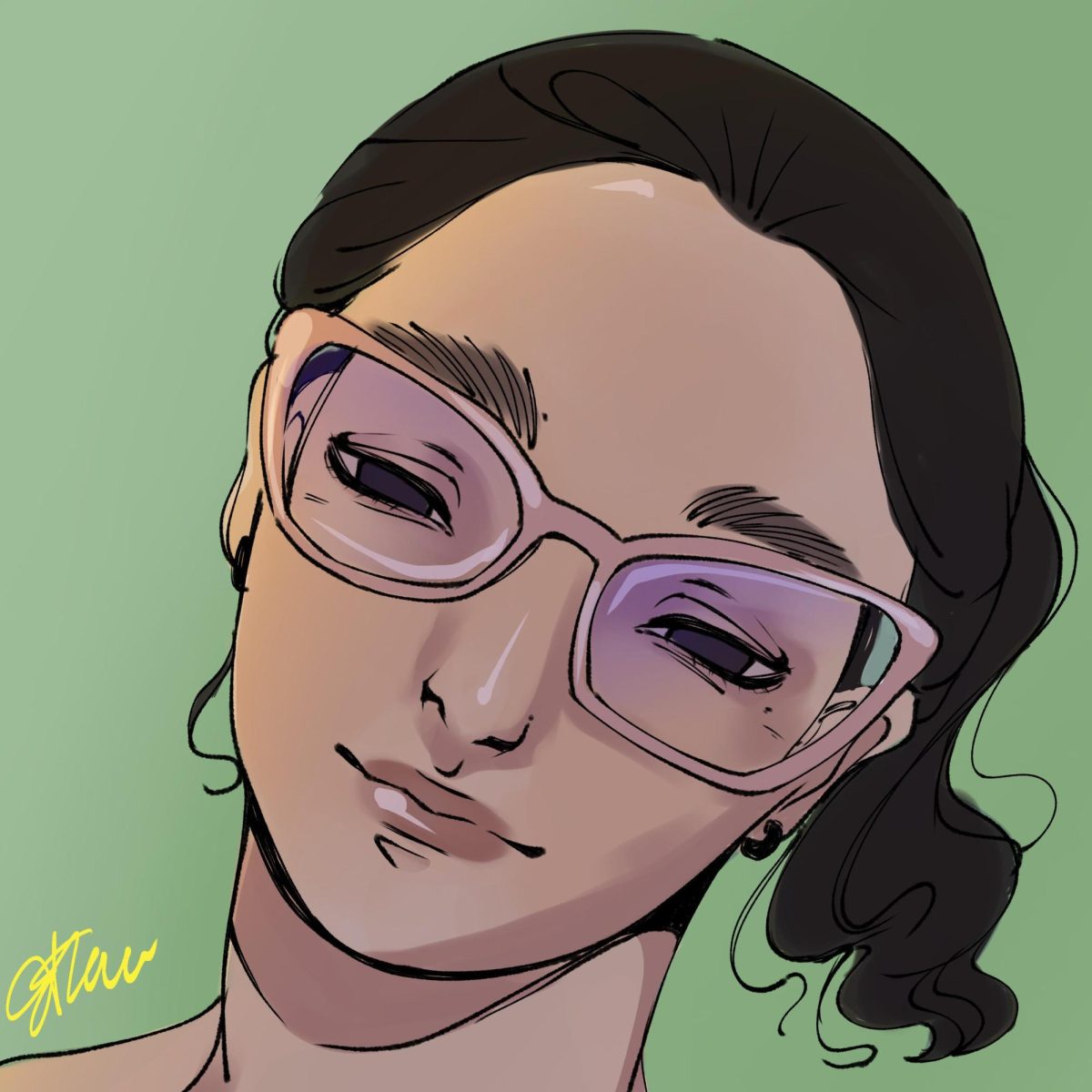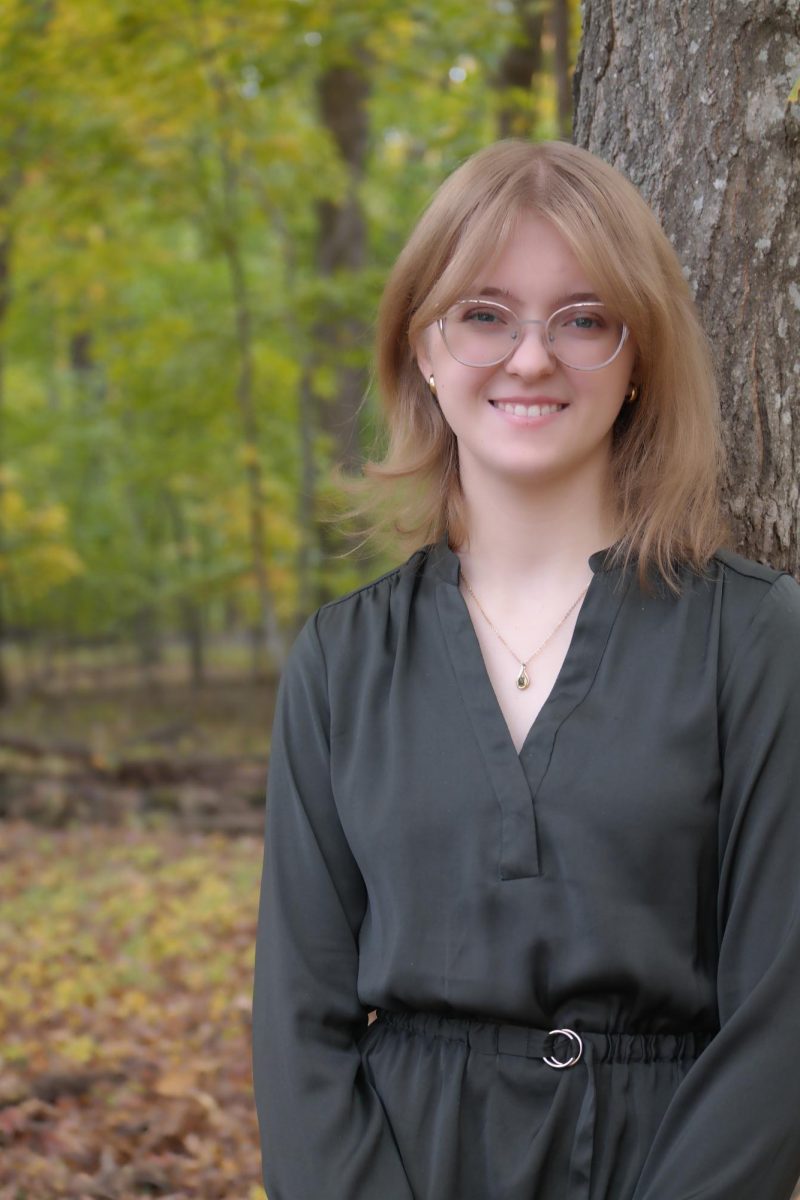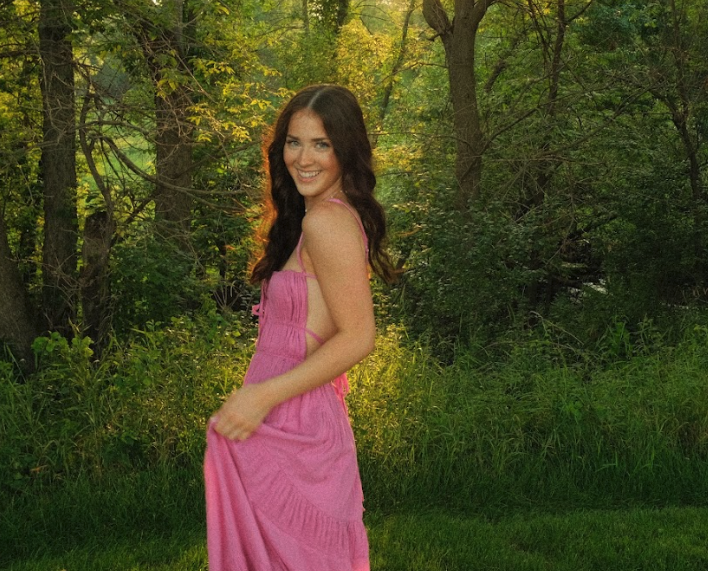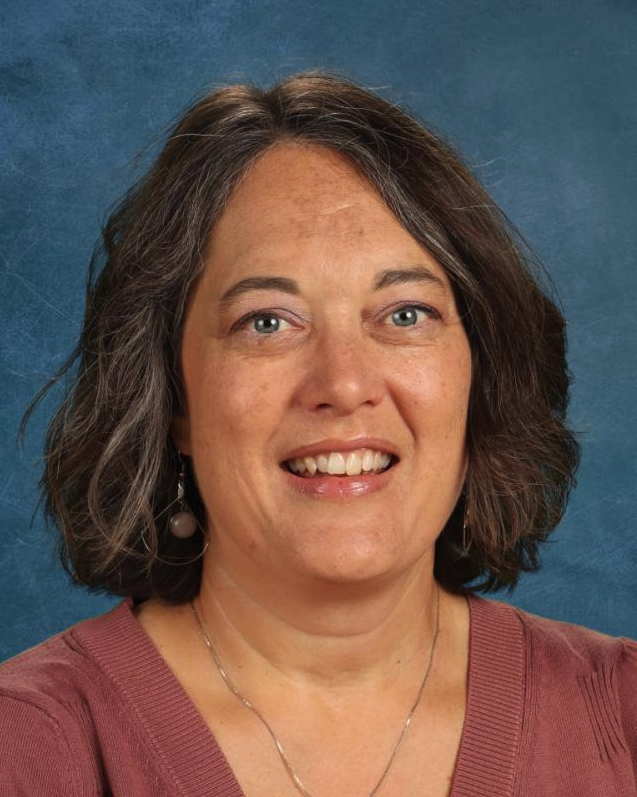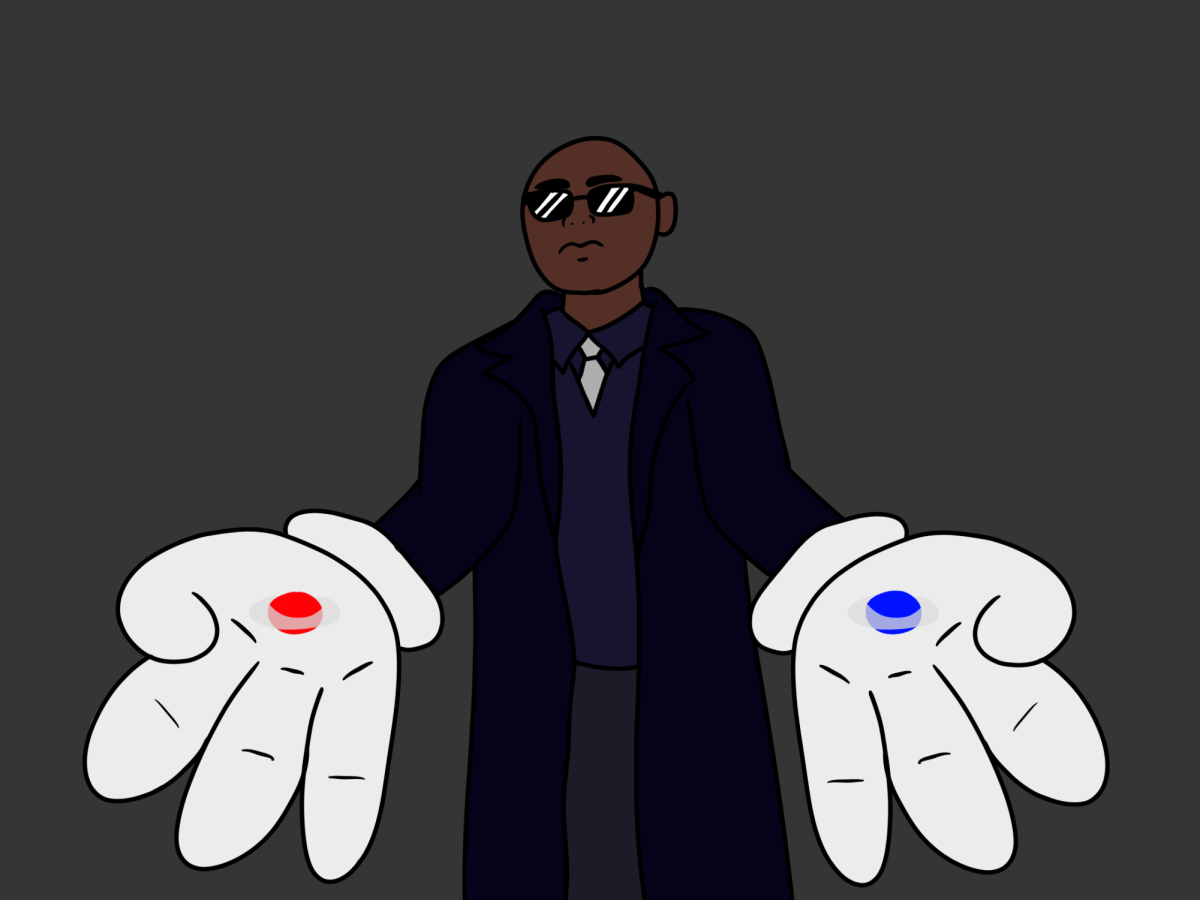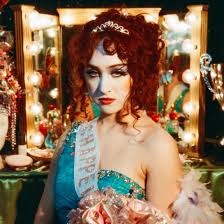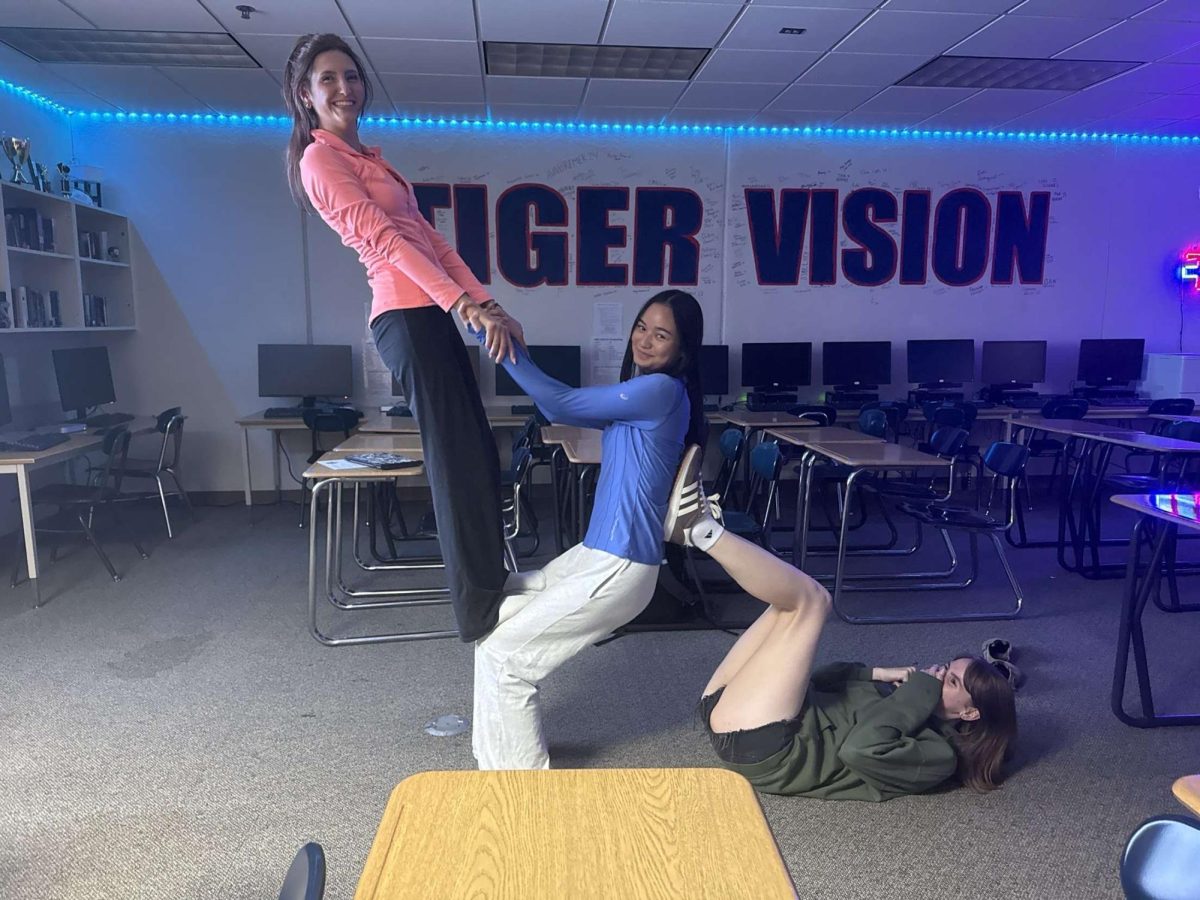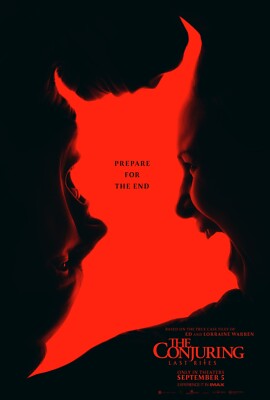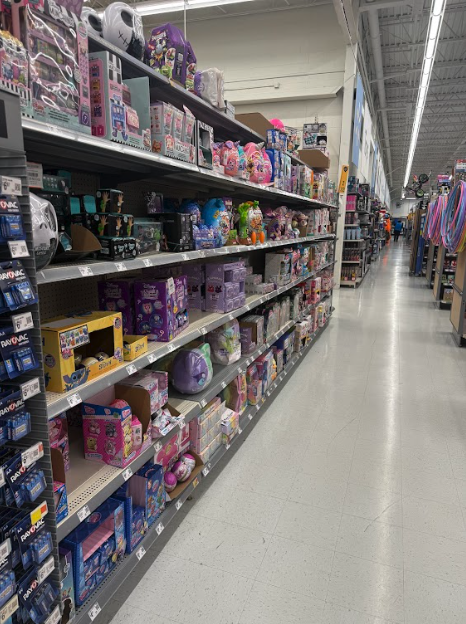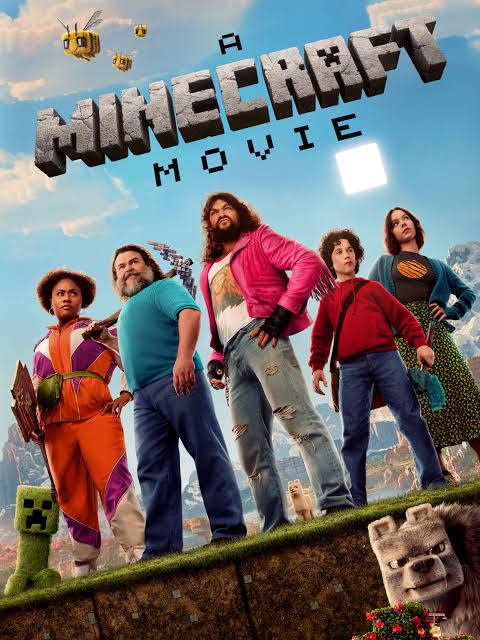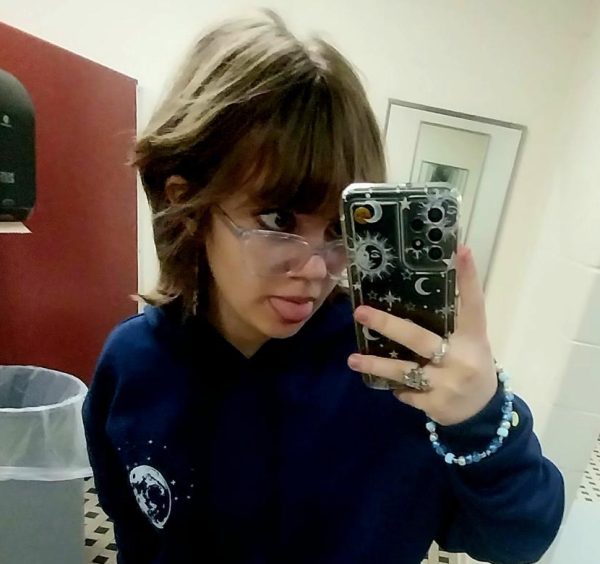It seems that the book series that become the most popular depend on the number of volumes in the series. In a lot of scenarios, the most popular series are often trilogies. Avid readers understand that when watching or reading a trilogy there is enough time to put thought into regarding the characters, plot and world building.
This structure of three parts to one larger story is a perfect amount of time to truly get to know the characters while watching their development and relationships grow. I personally enjoy seeing one major conflict throughout the entire saga that is slowly challenged with three minor trials.
Reading a trilogy is the perfect balance between becoming entirely engrossed in a new story and reading a single novel which always seems to end too quickly.
Many of the most popular book sagas that are read during high school are trilogies including; “The Hunger Games” by Suzanne Collins, “Shadow and Bone” by Leigh Bardugo and “To All the Boys I’ve Loved Before” by Jenny Han.
All of my favorite books have been a part of a trilogy and even the series that sparked my love for reading was the children’s trilogy, “A Tale of Magic” by Chris Colfer. I’ve always known I loved series more than the average novel, but looking back at my bookshelf all of my favorites are only three books long: so why are trilogies in books so popular?
When you first pick up a novel you can automatically divide the book into three different structures; the exposition, the climax and the resolution. I believe this is why trilogies work so well, because the first book will introduce you to the world building and the characters, while also setting up the conflict for the rest of the books.
The second book will have the most action and development. Here, the authors will build up tension to create the perfect conclusions for the final book where we get an ideal amount of time to wrap up any loose strands with a thorough conclusion.
This three-part approach isn’t only limited to written fiction, most movie series also have three films. Books like “The Maze Runner” by James Dashner, “The Lord of The Rings” by J.R.R.Tolkien and “Star Wars” by George Lucas are all popular. Despite having more books than three in the series, “The Maze Runner” and “The Lord of The Rings” were both split into only three movies. While Star Wars chose one plot line for a large universe to make into a trilogy. And then another trilogy (the prequels) and final trilogy (the sequels).
From the production standpoint, trilogies can be very profitable if the first installment does well. Studios and publishers will often say yes to sequels because trilogies keep audiences coming back. Trilogies are easy to market and provide a satisfactory amount of media to captivate fans. There is also a psychological joy intertwined with the number three, making it even easy to market.
The wait between installments creates intense excitement for the next update to the piece of fiction. Authors and writers can usually make cliffhangers to keep fans engaged even after a new book or movie comes out.
Despite all of the advantages creating a popular trilogy there are ways for them to go wrong very quickly. Fans feel that sometimes as the franchise continues there is a lack of ideas and planning or creativity. There is also a distaste for when one of the volumes is paced differently than the other two, such as the “Star Wars” films by George Lucas. The movies are overall viewed highly but they are still said to have inconsistent progression and rushed climaxes.
As mentioned earlier, trilogies can almost always have a perfect amount of content within, but sometimes after a trilogy does well the creator will try and run with the popularity it gave them, only bringing the series down hill. This is similar to how fans felt when “The Hobbit” by J.R.R. Tolkien continued expanding into three films from the one book.
Trilogies are a timeless way to tell a story and they connect the saga into the ideal amount of media to consume. Trilogies divided into three different books or movies will gradually explore all of the necessary aspects to a good series at the perfect pace which is why production companies find them easy to market.
Some fan favorite trilogies that I would recommend to anyone would be:
“The Prison Healer” by Lynette Noni, about seventeen-year-old, Kiva Meridan, who was locked away in the high security prison, Zallindov, and has only found her way to survive by keeping her head down as she took on the role as the prison’s healer. When the rebel queen is captured and ill she receives a coded message from her family to keep her alive no matter what. The series explores false identities, family, rebellion and plot twists for the truth.
“How to Train your Dragon” animated series by Cressida Cowell, follows Hiccup Hadok and his journey to befriend the dragon, Toothless, despite the challenges they fight together to bring dragon and vikings together. This story explores leadership and acceptance of one another.

![“This [photo] is basically the same area,” said science teacher Todd Mikkelsen. “So that [the cover photo] was my photo at dusk. Here it is at night time and there’s something jetting up out of the ground. So it’s the same location, different dates, two different cameras picked up an anomaly in the same region.”](https://www.ahlahasa.com/wp-content/uploads/2025/09/Ghost-Cover-1200x901.png)
